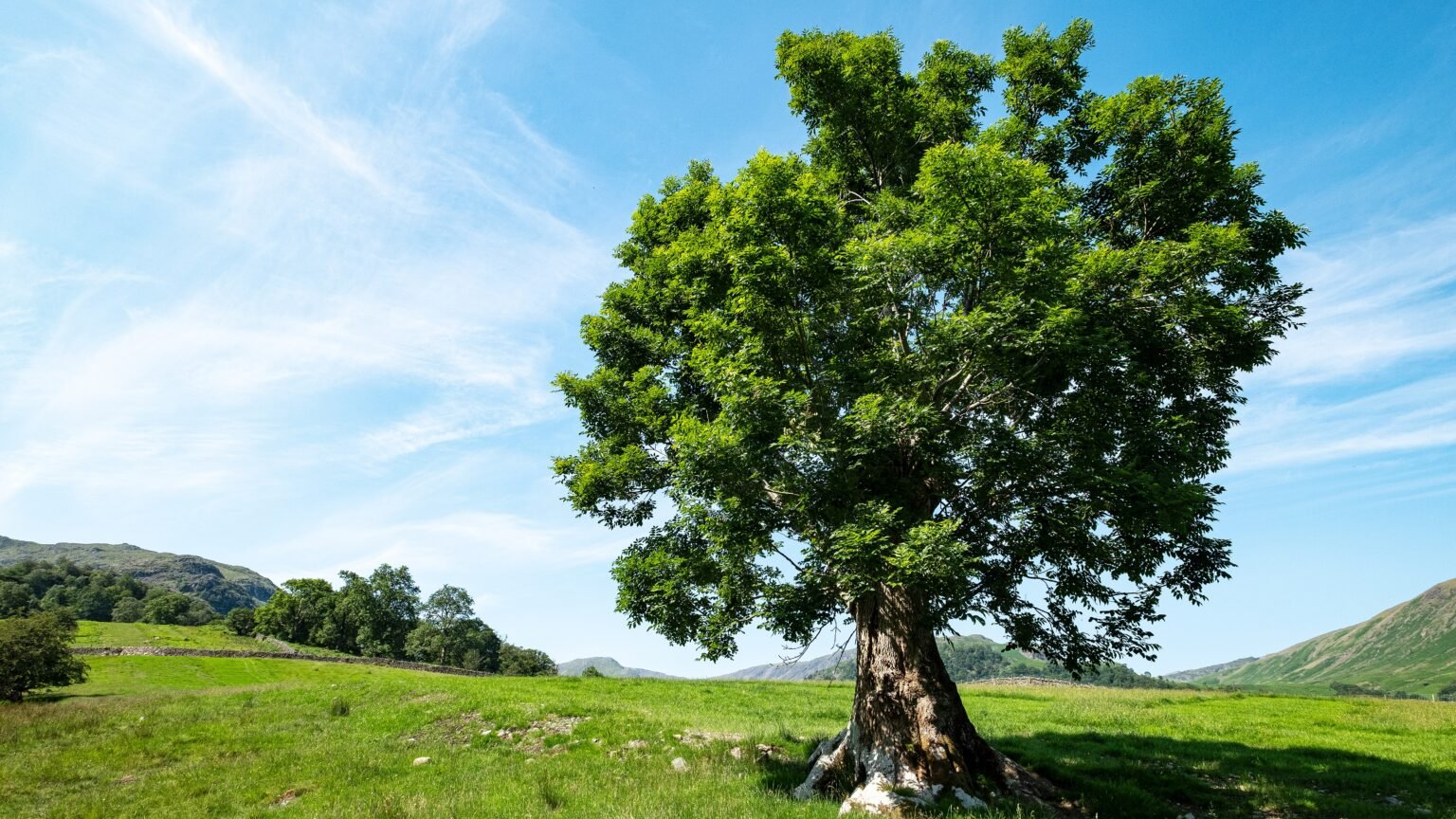Ash Trees Disease Resistance: How Britain’s Forests Are Evolving to Survive
Once facing near-certain devastation, Britain’s ash trees are now showing unexpected signs of resilience. New research reveals that these iconic trees are developing ash trees disease resistance, offering a much-needed glimmer of hope for the UK’s biodiversity and forest ecosystems. Scientists have found genetic markers indicating that ash trees disease resistance is emerging through natural selection. This discovery not only highlights nature’s adaptive power but also reinforces the urgency to protect woodlands where ash trees disease resistance is becoming a reality.
Understanding Ash Dieback: The Threat Fueling Ash Tree Resilience
Ash dieback, caused by the fungal pathogen Hymenoscyphus fraxineus, was first detected in Britain in 2012. Originally from Asia, the fungus arrived in Europe around three decades ago and rapidly spread across the continent. Once established in the UK, it posed a dire threat, with early projections warning of up to 85% of ash trees potentially being lost.
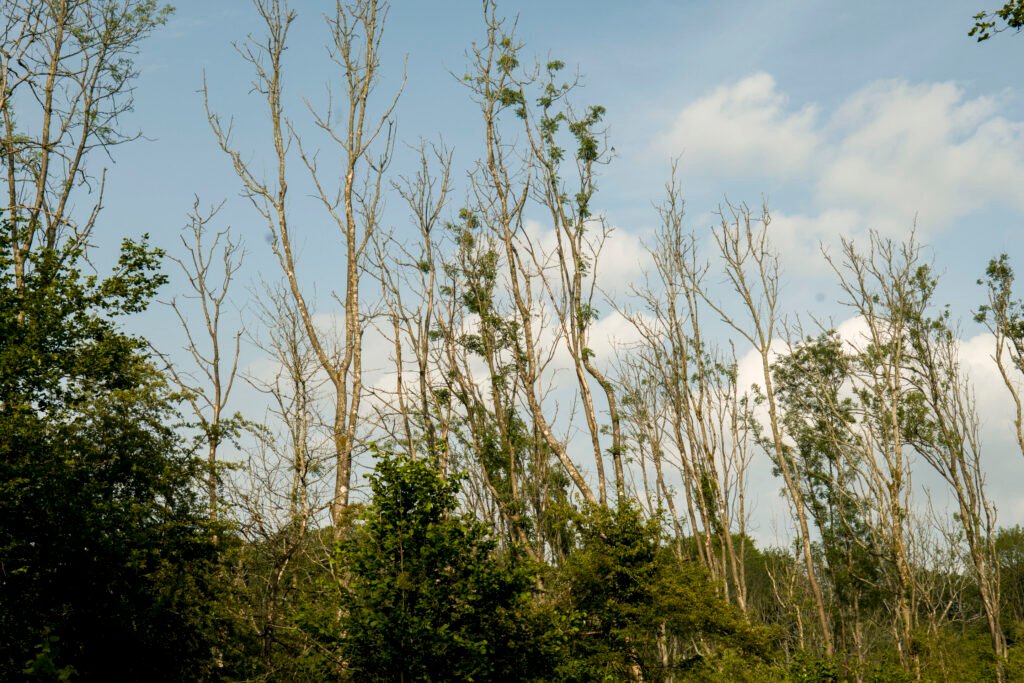
This grim outlook seemed plausible as symptoms appeared swiftly: leaves withered, branches darkened, and trees gradually died. Woodlands across the British Isles started losing their ash populations—causing concern among ecologists, conservationists, and landowners alike.
Ash Trees Disease Resistance: A Genetic Comeback Driven by Natural Selection
In an unexpected twist, researchers studying ash woodlands in Surrey have discovered subtle but consistent genetic shifts occurring in the tree population. These evolutionary adaptations are boosting the trees’ resilience against ash dieback.
Scientists observed that new saplings are increasingly inheriting genetic traits that allow them to better tolerate or resist the fungus. This natural selection process echoes Charles Darwin’s foundational theory: survival of the fittest, in this case, those with resistance genes.
Richard Buggs, a leading evolutionary biologist from Royal Botanic Gardens Kew and Queen Mary University of London, notes that although many trees have perished, the survivors may pave the way for a future population of disease-resistant ash.
Ash Trees Disease Resistance and the Biodiversity Crisis of Ash Dieback
The disappearance of ash trees would do more than change the appearance of the countryside. These trees support over 1,000 species of insects, birds, and lichens. Losing them en masse would ripple through the food chain, causing secondary extinctions and altering delicate ecological balances.
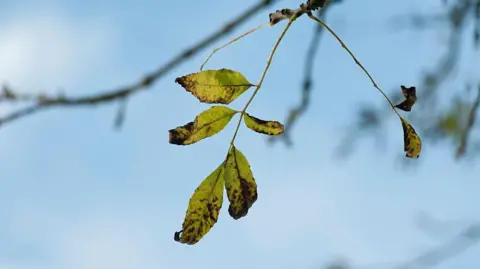
Rebecca Gosling from the Woodland Trust emphasizes that the resurgence of ash trees underscores the importance of supporting natural regeneration processes. She highlights the need to integrate this understanding into woodland management policies and restoration plans.
Supporting Ash Trees’ Disease Resistance: How Human Intervention Aids Natural Recovery
While nature is showing its strength, experts believe that strategic human intervention can accelerate recovery. Measures such as preventing overgrazing by deer and cultivating resilient ash seedlings are essential to preserving this iconic species.
Forest managers are encouraged to monitor ash populations closely, selectively harvest diseased trees, and replant using saplings from resistant lineages. Controlled breeding programs could amplify the genetic traits that confer resistance.
A Wake-Up Call: Learning from History
The current recovery contrasts with the fate of the elm tree, which was devastated by Dutch elm disease. Nearly wiped out across much of Europe, elms have not seen a similar natural rebound. The relative success of the ash tree’s adaptation offers hope—but also a warning.
It’s vital that policymakers act swiftly to protect what remains. Waiting too long could mean missing the narrow window of opportunity that evolution has granted. Investing in research, promoting biosecurity, and funding local conservation efforts must become national priorities.
A Landmark Study in Tree Genetics
The research underpinning these findings was published in Science, one of the world’s leading scientific journals. It identified thousands of genes involved in ash trees’ resistance mechanisms. These findings provide a genetic roadmap that can guide future breeding efforts.
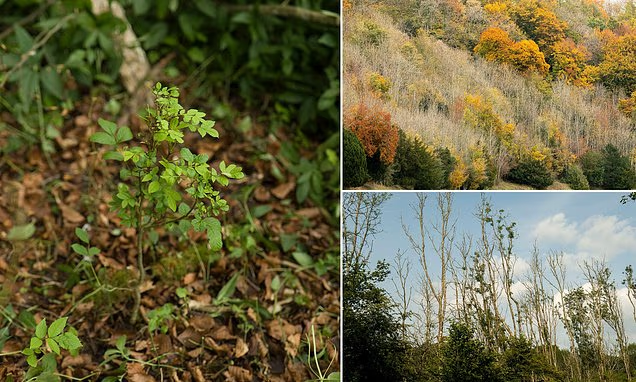
Richard Nichols, a geneticist at Queen Mary University, explained how the tragic loss of so many trees has illuminated the genetic complexity behind resistance. “Thousands of genes are playing a role,” he noted. “This is evolution in action, unfolding right before our eyes.”
Rewriting the Fate of Britain’s Ash Trees
More than just an academic breakthrough, this discovery offers a practical path forward. By combining scientific insights with conservation strategies, Britain could see its ash woodlands rebound within decades. It’s a rare opportunity to reverse a once-inevitable outcome—and a reminder of nature’s power when supported by science and policy.
Preserving the Cultural and Ecological Legacy of Ash
Ash trees are deeply woven into the fabric of British culture, literature, and heritage. Their tall, graceful forms have defined hedgerows, churchyards, and country lanes for centuries. Preserving them is about more than saving a species—it’s about maintaining a living connection to the land.
With resilience rising in the wild and targeted efforts by conservation groups, there is real hope that the story of the ash tree will not end in extinction but in renewal.
What Comes Next?
As 2025 unfolds, the priority is twofold: protect existing ash trees from additional threats and expand breeding programs using genetically resistant individuals. Landowners, farmers, and public institutions must collaborate with scientists to monitor tree health, report disease outbreaks, and manage regrowth.
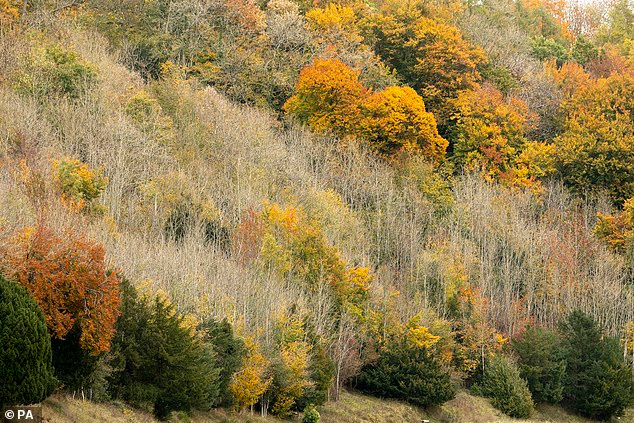
Public education campaigns can also help build awareness, encouraging citizens to plant disease-resistant saplings and report sightings of healthy ash trees.
From Crisis to Comeback
Britain’s ash trees may not be out of the woods yet, but their prospects have dramatically improved. Through a blend of evolutionary biology, conservation, and community effort, these trees are carving a path back into the heart of the British landscape.
The story of ash dieback is no longer one solely of loss. It is now a testament to resilience, adaptation, and the enduring power of nature when given the chance to recover.
